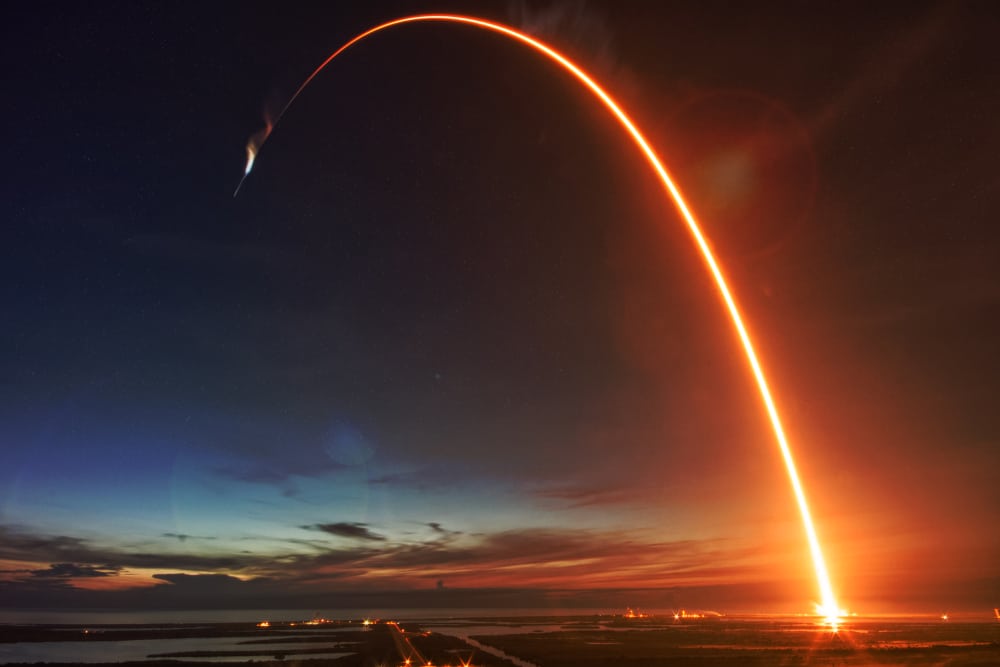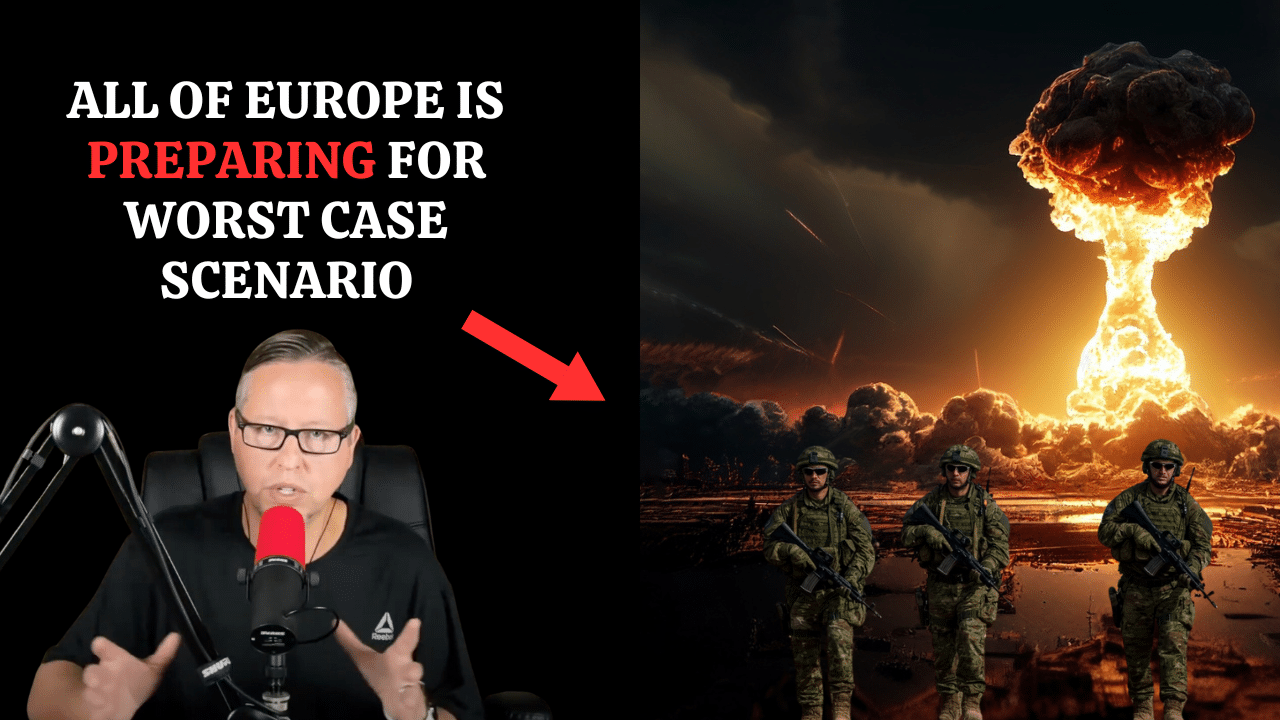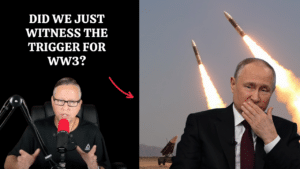American intelligence agencies have told their closest European allies that if Russia is going to launch a nuclear weapon into orbit, it will probably do so this year — but that it might instead launch a harmless “dummy” warhead into orbit to leave the West guessing about its capabilities.
The assessment came as American intelligence officials conducted a series of rushed, classified briefings for their NATO and Asian allies, as details of the American assessment of Russia’s intentions began to leak out.
The American intelligence agencies are sharply divided in their opinion about what President Vladimir V. Putin is planning, and on Tuesday Mr. Putin rejected the accusation that he intended to place a nuclear weapon in orbit and his defense minister said the intelligence warning was manufactured in an effort to get Congress to authorize more aid for Ukraine.
During a meeting with the defense minister, Sergei K. Shoigu, Mr. Putin said Russia had always been “categorically against” placing nuclear weapons in space, and had respected the 1967 Outer Space Treaty, which prohibits weaponizing space, including the placement of nuclear weapons in orbit.
“We not only call for the observance of the existing agreements that we have in this area,” he was quoted as saying by the Russian state media, “but we have proposed many times to strengthen these joint efforts.”
On Wednesday, Mr. Putin reinforced the central role he believes Russia’s nuclear arsenal plays in the country’s defenses: Visiting an aviation factory, he climbed into the bomb bay of a Tu-160M strategic bomber, the most modern in the Russian fleet.
Mr. Putin has made no secret of his interest in upgrading Russia’s Cold War-era delivery systems, like the bomber, which can reach the United States and is designed to carry two dozen nuclear weapons.
And he has advertised a fleet of new weapons — some still in development — including an the unmanned Poseidon nuclear torpedo, which was designed cross the Pacific, with no human control, to explode on the West Coast of the United States. (Russia has been less transparent about the accidents that have accompanied the testing of these new weapons.)
But a space weapon would be different. Unlike the rest of the Russian or American arsenals, it would not be designed to hit cities or military sites, or any place on Earth.
Instead, it would be nested inside a satellite, capable of destroying swarms of commercial and military satellites circulating alongside it in low-earth orbit, including those like Starlink that are remaking global communications capabilities.
It was Ukraine’s ability to connect its government, its military and its leadership over Starlink that played a critical role in the country’s survival in the first months after the Russian invasion, two years ago this week.
In the analysis that the United States has provided to allies, American officials have said that Mr. Putin may believe that the mere threat of massive disruption — even if it meant blowing up Russia’s own satellites — might infuse his nuclear arsenal with a new kind of deterrent.







